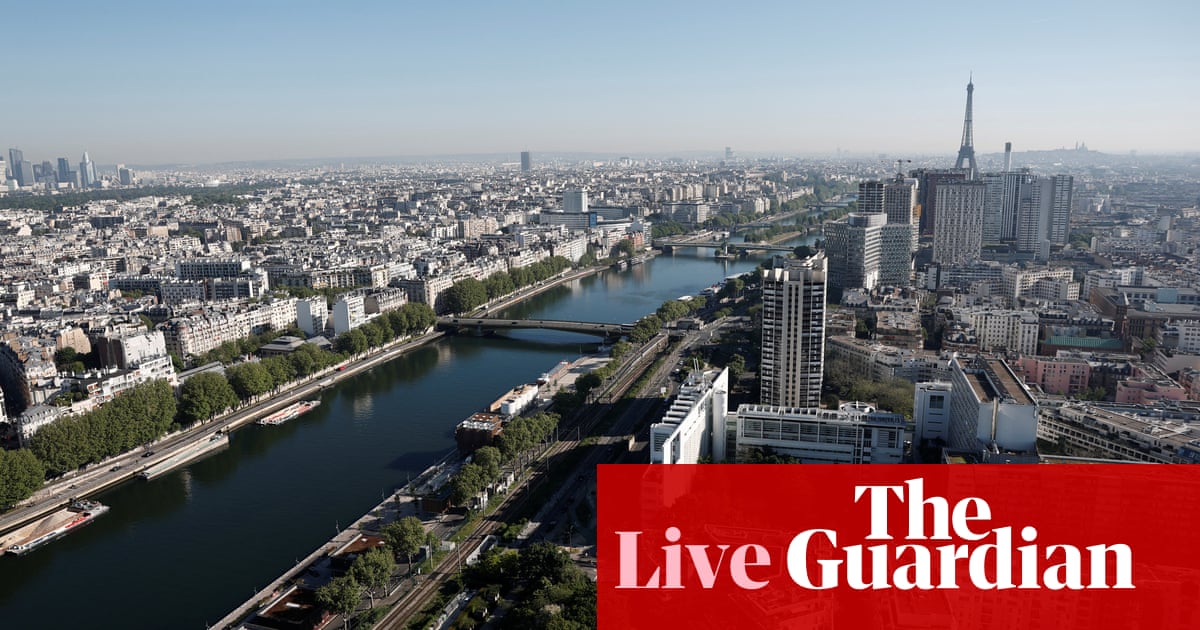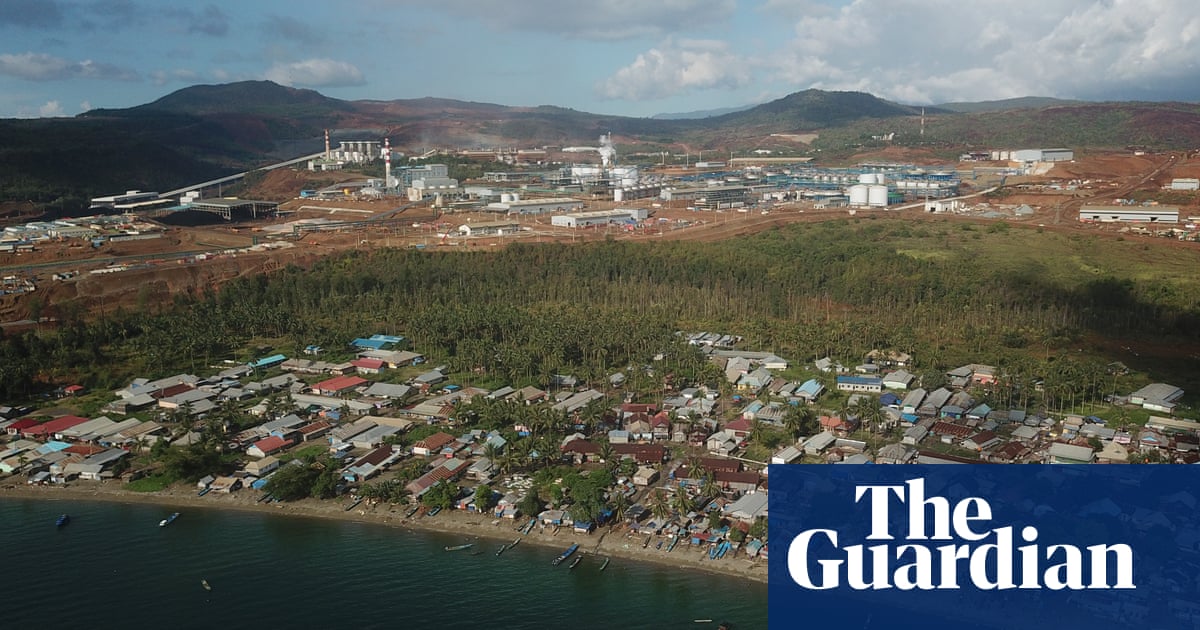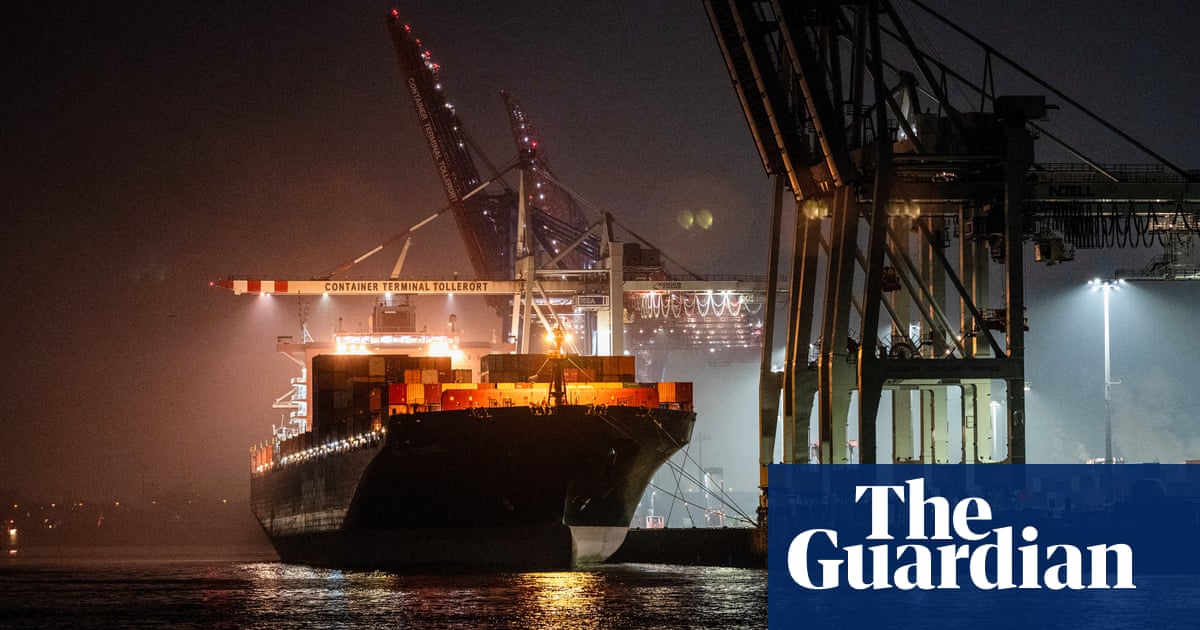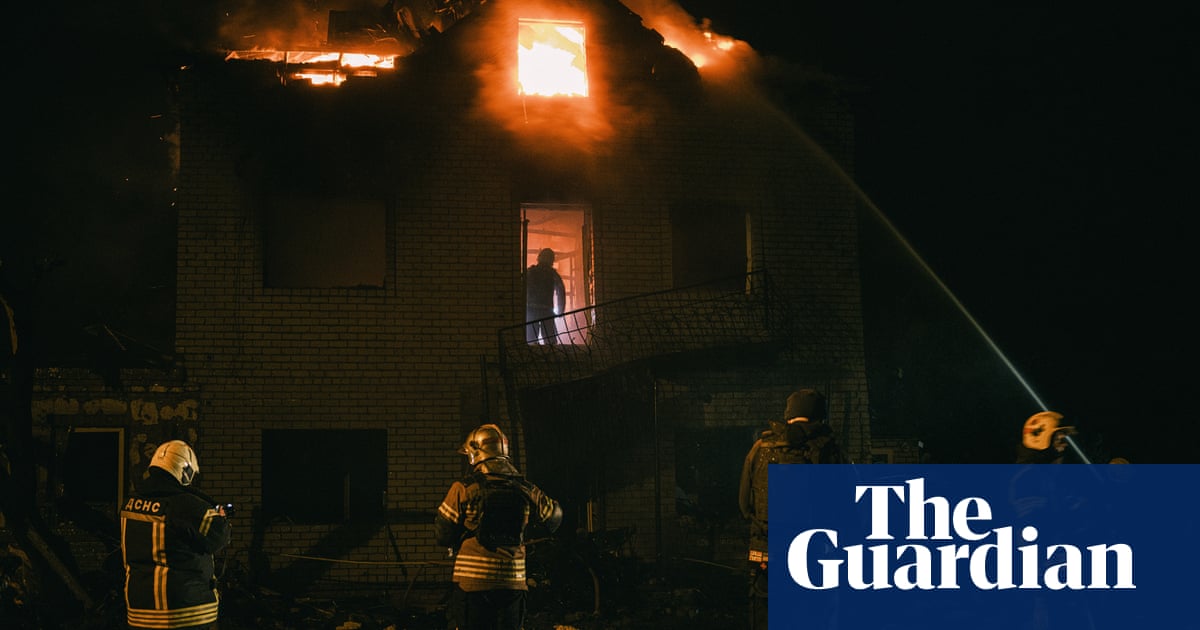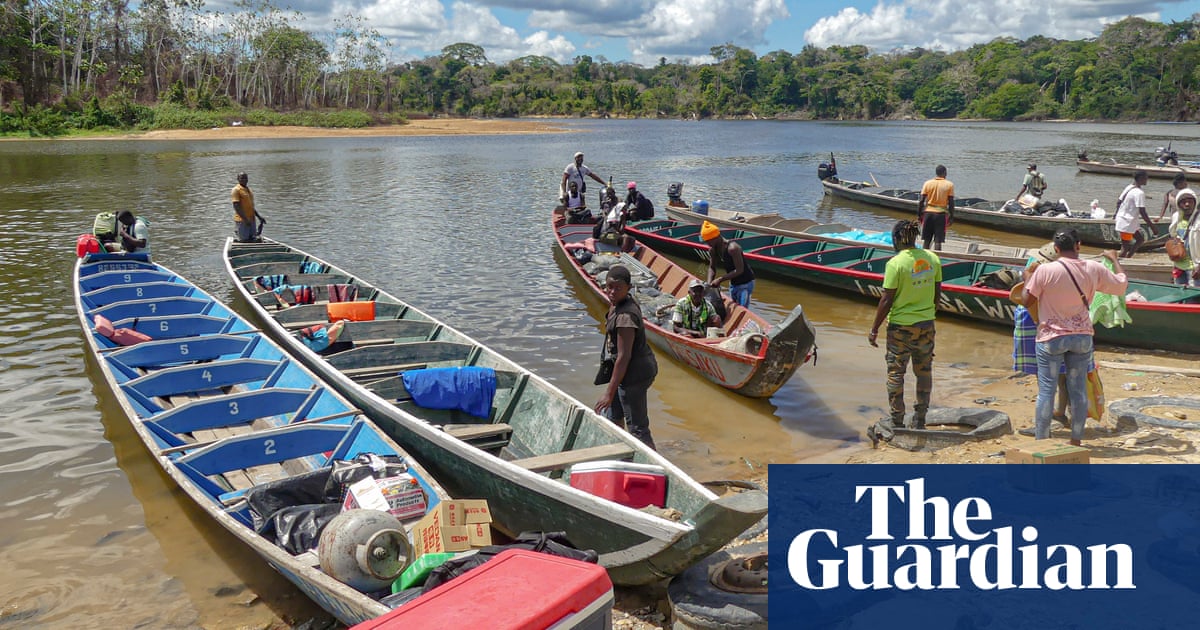The summer conditions south Asian countries dread each year have arrived alarmingly early, and it’s only April. Much of India and Pakistan is already sweltering in heatwave conditions, in what scientists say is fast becoming the “new normal”.
Temperatures in the region typically climb through May, peaking in June before the monsoon brings relief. But this year, the heat has come early. “As far as Asia and the Indian subcontinent are concerned, there was a quick transition from a short window of spring conditions to summer-like heat,” said GP Sharma, the meteorology president of Skymet, India’s leading private forecaster.
South Asia, home to 1.9 billion people, is particularly vulnerable. Many live in areas highly exposed to extreme heat and lack access to basic cooling, healthcare or water.
In Delhi, where spring usually offers a short spell of mild temperatures, thermometers have risen past 40C in April – “up to 5C above the seasonal average” – according to a report by ClimaMeter, a platform that tracks extreme weather events.
“Human-driven climate change” is to blame for the “dangerous” kind of heat seen in recent weeks, it said.
“These spring heatwaves are not anomalies. They’re signals. We need to move beyond awareness into action,” said Gianmarco Mengaldo, a climate expert at the National University of Singapore and co-author of the report.
Delhi authorities urged schools to cancel afternoon assemblies on Tuesday and issued emergency guidelines to ensure water breaks and stocks of oral rehydration salts in first aid kits, and to treat any signs of heat stress immediately.

Temperatures in Jaipur, the capital of Rajasthan, hit 44C, triggering heatstroke reports among construction workers and farmers. Other states are also grappling with intense heat.
The Indian Meteorological Department has reported an “above-normal number of heatwave days”. Temperatures are expected to climb steadily across the subcontinent, with the highest readings forecast for Wednesday and Thursday.
Pakistan is also reeling. In the city of Shaheed Benazirabad in Sindh province, the mercury has soared to 50C – nearly 8.5C above the April average. In other parts of the country, temperatures have hovered in the high 40s.
“What was once considered rare has become alarmingly common, as climate change accelerates the frequency and severity of such events,” said an editorial in the Pakistani newspaper Dawn. The country “remains woefully unprepared for the escalating climate crisis”, it said.
Urban heat is making things worse. Data comparing 1950–1986 with 1987–2023 shows that cities such as Delhi and Islamabad are now up to 3C hotter on average than nearby rural areas.

“When it comes to heatwaves, the question is no longer if they are linked to climate change, but what kind of thresholds we are reaching,” said Mengaldo. “Preparedness is essential. But right now, our infrastructure is not well adapted.”
Natural climate variability such as the El Niño cycle can affect regional weather, but it is now in a neutral phase.
ClimaMeter said: “Compared to pre-1986 levels, similar meteorological conditions now produce temperatures up to 4C higher – almost entirely due to human-driven climate change.”
after newsletter promotion
South Asia is not alone. “In the northern hemisphere spring months, we are already seeing conditions in parts of the Middle East that are incompatible with human life,” said Mengaldo.
“This is very serious for the populations … we also expect summer temperatures in Spain and France to reach unprecedented levels in the next few years,” he said. “Many of the events predicted for 2050 or 2070 are already happening. We underestimated the speed of change. What we’re seeing now is an acceleration – a failure of our predictive models.”
David Faranda, a senior climate scientist with the French National Centre for Scientific Research and co-author of the report, said: “The only sustainable solution is to stop burning fossil fuels and reduce emissions. Without drastically reducing emissions and building climate resilience through better insulation, use of green energy, and other moves, the implications are alarming.”
“Even if we act now, the climate system will take decades – sometimes over a century – to cool down,” Mengaldo added. “The sea level rise is already locked in for hundreds of years.”
Both researchers stressed economic inequality and infrastructure played a critical role in determining who survives extreme heat. “There are different temperature thresholds – actual temperature, [humidity index] and others,” said Mengaldo. “Economic levels play a huge role in how people can cope and sustain themselves.”
Delhi has updated its heat action plan, focusing on vulnerable groups such as elderly people, construction workers, and street vendors. But implementation is inconsistent.
Faranda said adaptation was increasingly unaffordable for many heat-prone countries, with electricity grids buckling and causing widespread power cuts. “When multiple events occur, there’s often no escape,” he said.
Mengaldo highlighted the need for innovation: “We need better-insulated housing, materials that prevent energy loss, and architectural designs that promote natural cooling. These can significantly reduce energy demand during extreme heat.”
Faranda also said people must change their lifestyles. “Energy demand keeps increasing. If we want to survive the coming decades, we must not only build more renewables but also reduce energy consumption overall: through lifestyle changes, efficient architecture, and better materials.”

 2 hours ago
4
2 hours ago
4
